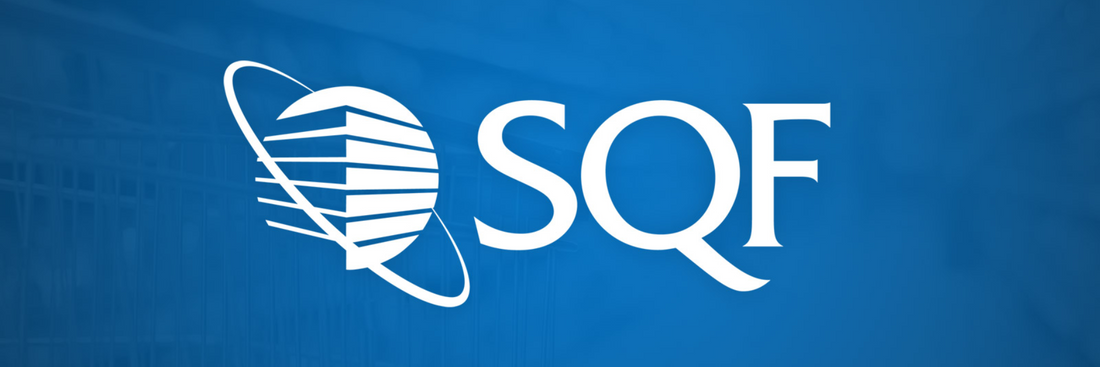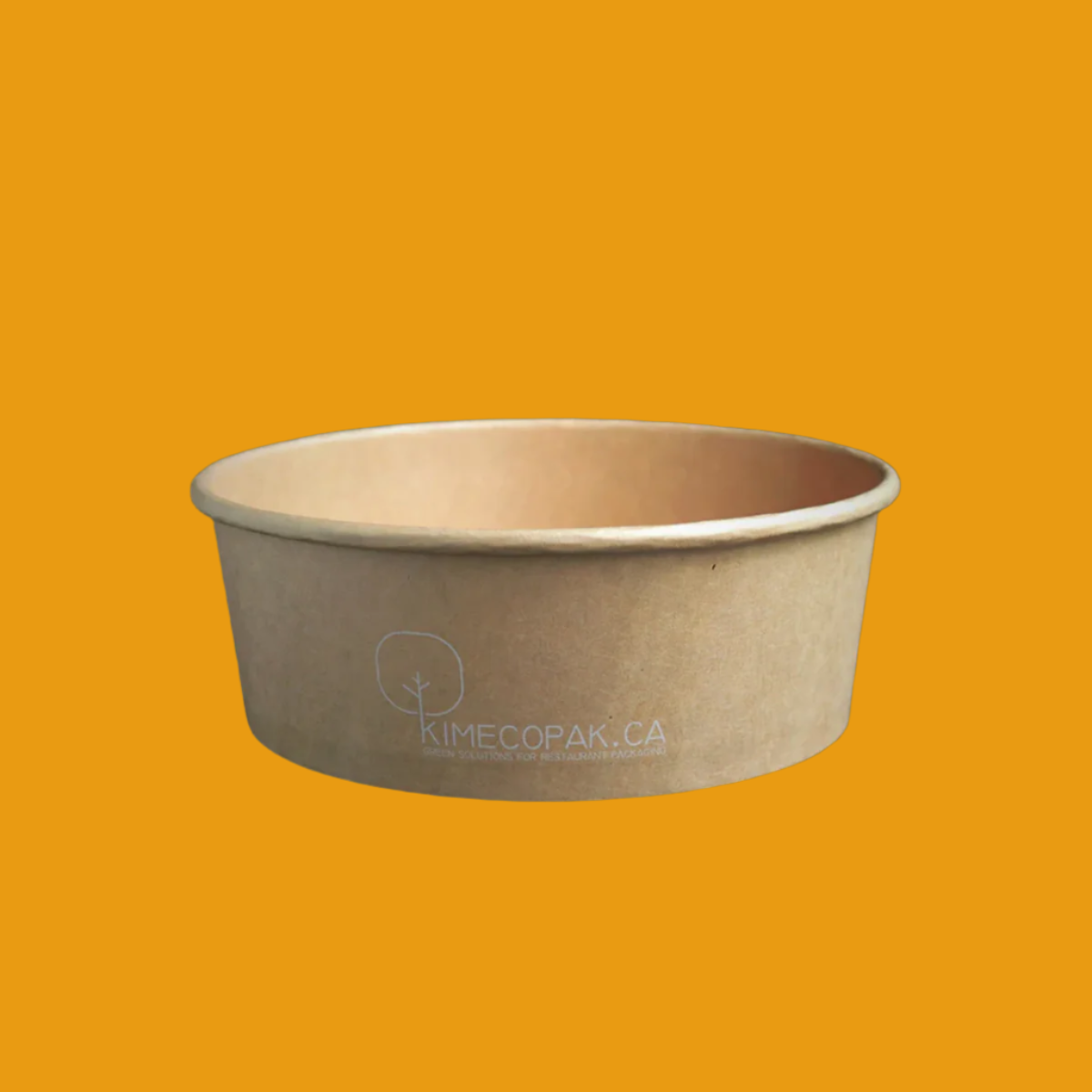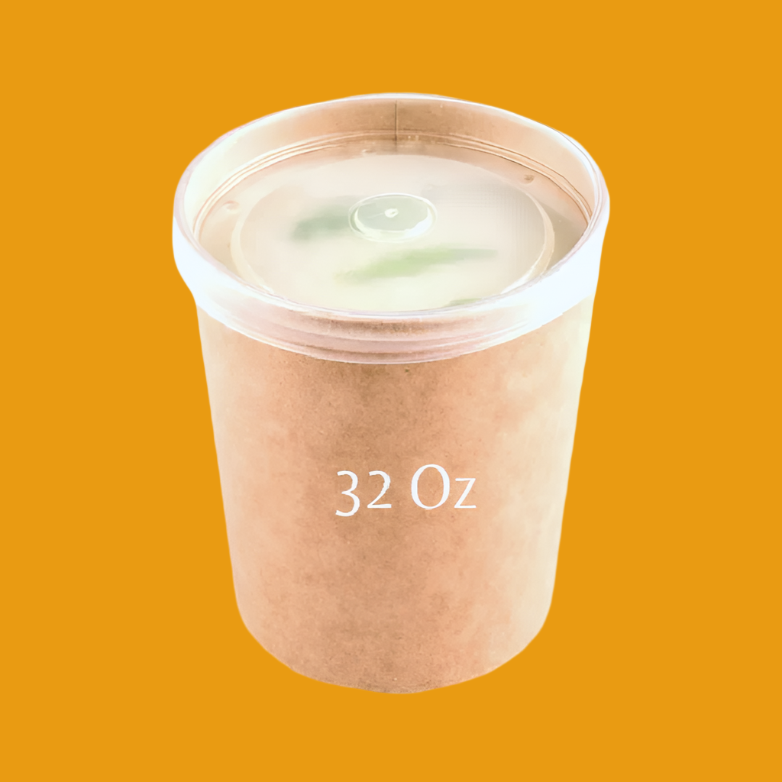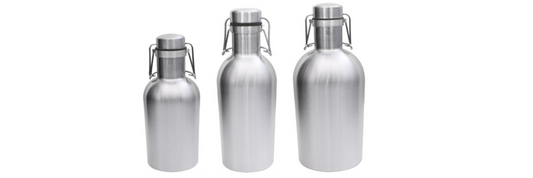In the competitive food industry, maintaining high standards of food safety and quality is essential. The Safe Quality Food (SQF) certification is a globally recognized program designed to validate and verify food safety and quality systems. This article explores the details of SQF certification, its various levels, benefits, and how it compares to other food safety programs like HACCP.
What Is SQF Certification?
SQF (Safe Quality Food) certification is a comprehensive food safety and quality management system designed to meet the needs of retailers, brand owners, and food service providers. The program, managed by the Food Marketing Institute (FMI), is recognized by the Global Food Safety Initiative (GFSI), ensuring that certified companies adhere to the highest standards of food safety and quality.
The SQF food safety codes come in various versions, based on the type of food that is manufactured. These consist of:
- Primary plant production
- Primary animal production
- Aquaculture
- Food manufacturing
- Pet food manufacturing
- Animal feed manufacturing
- Animal product manufacturing
- Dietary supplement manufacturing
- Storage and distribution
- Manufacture of food packaging
- Quality code

SQF Levels
SQF certification is structured in three levels, each building on the previous one to enhance food safety and quality management systems.
SQF Level 1 Certification: Fundamentals
Fundamentals: This entry-level certification focuses on the fundamental elements of food safety. It is designed for businesses that are new to food safety standards or those looking to develop a robust food safety management system. It covers basic Good Manufacturing Practices (GMP) and the foundational requirements to begin building a food safety culture.
SQF Level 2 Certification: Food Safety
Food Safety: Level 2 certification is a step up from Level 1, focusing on a more comprehensive food safety management system. It includes all the elements of Level 1 plus a detailed Hazard Analysis and Critical Control Points (HACCP) plan. This level is intended for businesses that want to demonstrate a high level of food safety management.
SQF Level 3 Certification: Food Safety and Quality
Food Safety and Quality: The highest level of SQF certification, Level 3, encompasses all the requirements of Level 2, with an additional focus on food quality management systems. This certification is for companies that not only want to ensure food safety but also want to consistently meet or exceed customer quality expectations.

What Are the Benefits of SQF Certification?
- Enhanced Food Safety and Quality: Ensures adherence to high standards of food safety and quality.
- Market Access: Facilitates entry into global markets, as many retailers and buyers require SQF certification.
- Consumer Confidence: Builds trust with consumers and stakeholders by demonstrating a commitment to food safety and quality.
- Regulatory Compliance: Helps businesses comply with national and international food safety regulations.
- Operational Efficiency: Streamlines processes and reduces risks of contamination and recalls.
How To Get SQF Certified
Here are several basic steps to get SQF Certification:
- Step 1: Download the Code and Guidance documents
- Step 2: Learn what is required for the food safety management system
- Step 3: Select the applicable modules for your industry segment and activities
- Step 4: Register in the SQFI database (Reliance database at www.SQFI.com)
- Step 5: Designate & Train your SQF Practitioner
- Step 6: Design, document, and implement the required processes and food safety fundamentals
- Step 7: Train your internal audit team
- Step 8: Run your system, collect records, and perform internal audits, management reviews, and HACCP team meetings.
- Step 9: Make corrections and improvements to your system.
- Step 10: Select a certification body
- Step 11: Schedule and complete your audits

What is the Difference Between SQF and HACCP?
While both SQF and HACCP focus on food safety, they differ in scope and application:
- HACCP (Hazard Analysis and Critical Control Points): A systematic preventive approach to food safety that identifies, evaluates, and controls hazards. It is a critical component of SQF Level 2 certification.
- SQF: A comprehensive food safety and quality management system that includes HACCP principles but goes beyond to incorporate quality management and continuous improvement across multiple levels.
FAQs
How Many Levels of SQF Certification Are There?
There are three levels of SQF certification: Level 1 (Fundamentals), Level 2 (Food Safety), and Level 3 (Food Safety and Quality).
How Long Does it Take to Get Certified?
A survey conducted in 2012 of certified companies showed an average of 8 - 12 months to prepare for certification. So, the average time for implementation is approximately one year. However, the time frame will vary depending on your organization’s specific circumstances. Your timeframe may be shorter or longer than average.
Does an SQF Certificate Expire?
Yes, an SQF certificate typically requires annual re-certification audits to maintain its validity.
What are SQF Food Standards?
SQF food standards are a set of rigorous, globally recognized requirements for food safety and quality management systems. These standards cover various aspects of food production, from primary production to manufacturing and distribution.
Who Performs SQF Audits?
SQF audits are performed by licensed and accredited certification bodies that are approved by the SQF Institute.
What Is the Difference between SQF Level 1 and Level 2?
Level 1 focuses on the basic elements of food safety and is suitable for businesses new to food safety standards. Level 2 includes Level 1 requirements plus a comprehensive HACCP-based food safety management system.
What Is the Difference between SQF Level 2 and Level 3?
Level 2 certification emphasizes food safety, while Level 3 includes all Level 2 requirements with an added focus on food quality management, ensuring that products meet both safety and quality standards.
Conclusion
SQF certification is a vital tool for businesses in the food industry aiming to achieve high standards of food safety and quality. By adhering to SQF levels, companies can ensure compliance with international standards, enhance consumer confidence, and gain access to global markets. Understanding the differences between SQF and other certifications like HACCP helps businesses choose the right path for their food safety and quality management needs. With its comprehensive approach and emphasis on continuous improvement, SQF certification remains a benchmark for excellence in the food industry.










1 comment
Very informative